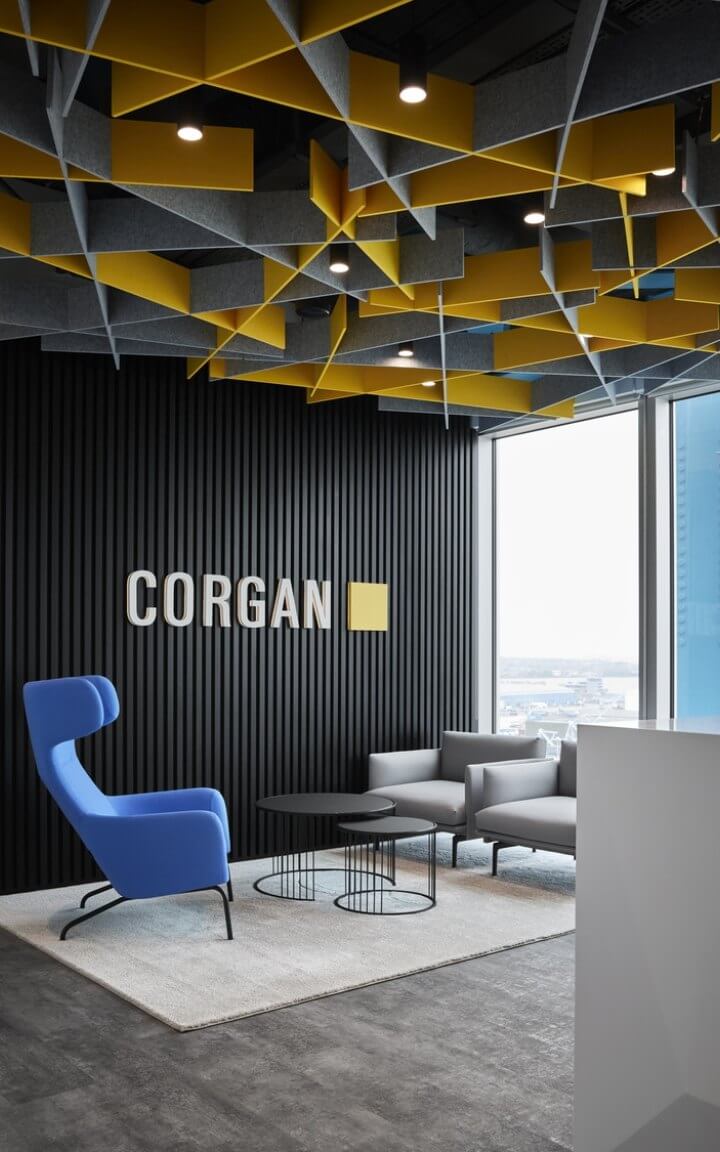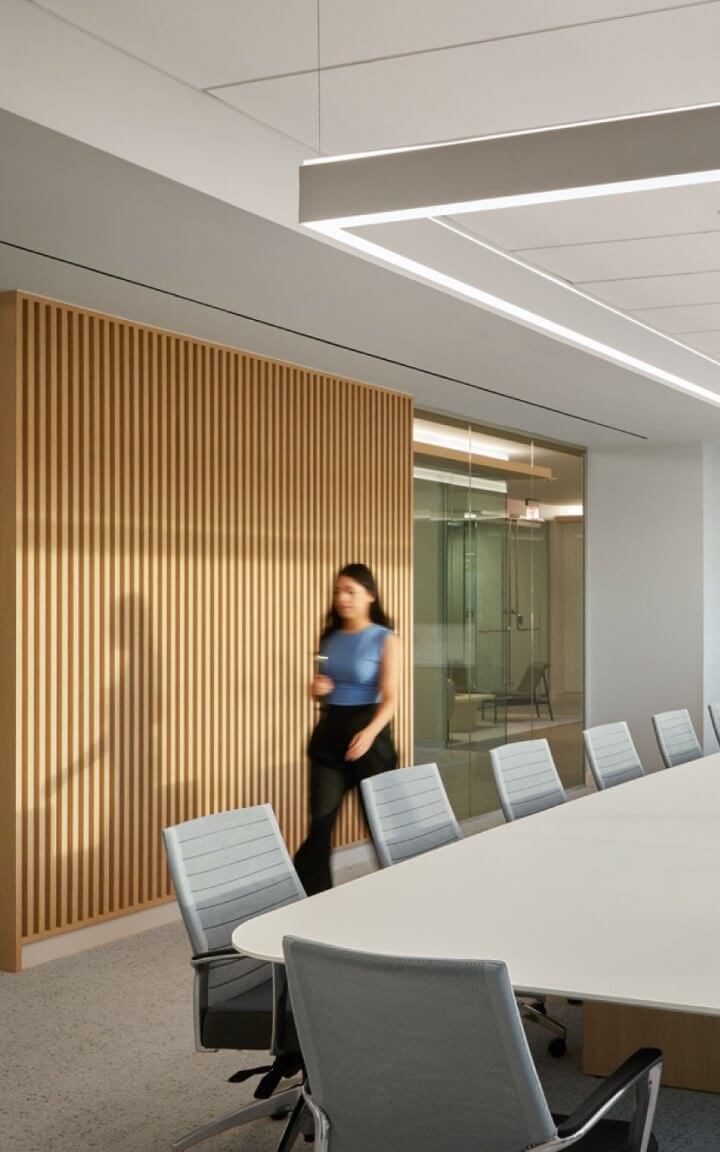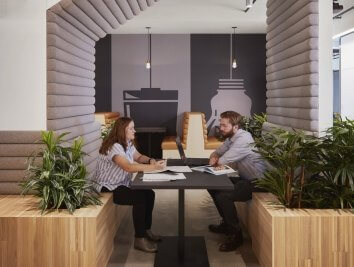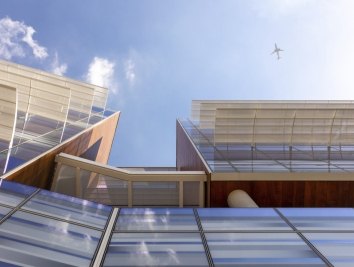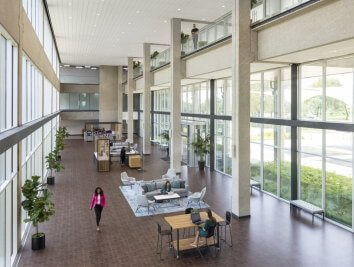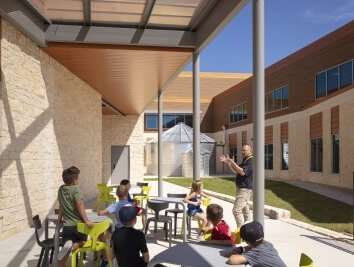The Great Carbon Debate
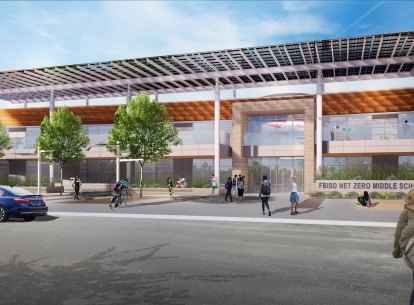
Would we be better off changing our habits or developing new technology to solve the carbon crisis? While some might call this one of the great debates of our time, I am a true believer in balance. It will likely take both a change in habits and developments in new technologies to solve the carbon puzzle.
We have come a long way from the hunter and gatherer stage in history when humans had a symbiotic relationship with the planet. Our ancestors lived off the land, making the most of the resources around them. It may not have been easy, but this way of life created a balance between the environment and humanity that allowed for coexistence. The industrial revolution was a game-changer for how we live and operate our businesses, with countless new developments in transportation, manufacturing, and technology. While these new developments have created modern conveniences with many benefits we've enjoyed for more than a century, we are only now starting to understand the consequences associated with these conveniences.
Architecture 2030 reports that buildings account for nearly 40% of greenhouse gas emissions. As architects, engineers, and designers, our choices when designing a building, from building orientation to the carpet tile on the floor, can have many impacts, including carbon emissions. As building owners and operators, your choices when you commission a new project, renovate an existing building, or manage your existing portfolio also make a difference. It's one thing to conceptually understand the idea of carbon and the impact buildings have on it— it's another thing to start acting on it. While more and more organizations are starting to consider what they can and should do to be part of the solution, even the idea of where to start can be overwhelming. We encourage you to read our first blog in this series on what carbon is and why it is such an important topic among individuals and industry leaders. While there are many layers to carbon, numerous resources are available to get informed on its impacts globally and locally. The more you know about the issue, the more confidence you will have to take action.
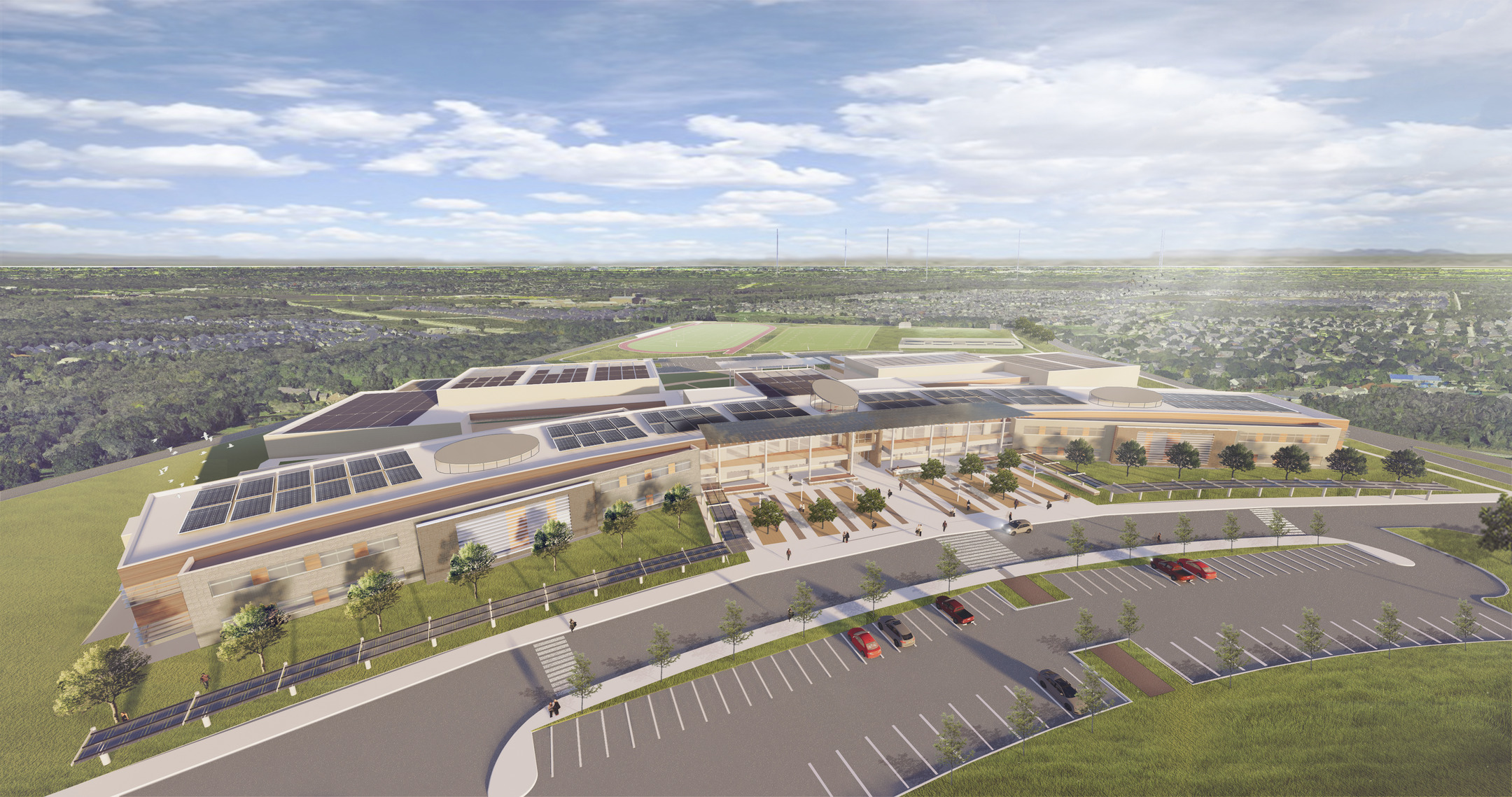
Reducing Your Operational Carbon Footprint
A balance between updated human habits and maximizing technology can go a long way in reducing operational carbon, the greenhouse gases emitted during the ongoing use of a building. Whether you manage a tenant space inside a larger building or own a portfolio of existing buildings, you can consider both habit and technology adjustments to reduce your carbon footprint.
HABIT CHANGING EFFORTS
Changing our habits can be incredibly cost-effective. A few tweaks in setpoints, adjustments in the schedule and programming, and a discussion with building users could result in noticeable energy reduction without investments in new technology. For example, building temperature setpoints are often determined by looking at what's been done in the past. Maybe it's time to relook at those setpoints, consider seasonal variants, evaluate the schedule, and adjust the programming to provide a more comprehensive setpoint range that carefully considers how your building is used and what time of year it is. Without notice to building users, these changes can cause an uproar, but when building users are educated on change and why it is happening, they can often get on board for the greater good.
Making adjustments in the building's lighting is another cost-effective option for reducing your operational carbon. If your overhead lighting is connected to a controls system, consider lowering your ambient lighting settings. Especially in older buildings, overhead lighting often accommodates tasks being done in individual spaces, which provides an excessive amount of light for the general interaction in and movement around the space. Lowering the ambient light in most spaces and providing task lighting will give people better control of the light they need for the tasks at hand while providing a more palatable amount of light in the overall space. When the daylight is providing enough ambient light, consider turning down or turning off overhead lighting. If your lighting isn't connected to a controls system, try talking with building users about changes to the manual operations.
In some cases, turning off half of the overhead lighting in the space is an option. If not, you can ask building users to be conscious of turning lights off in spaces that aren't being used, in addition to making sure the overhead lighting and task lights are turned off before they leave for the day. Often when people are given the opportunity to make a difference, they are happy to be part of the solution.

UPGRADING YOUR SPACE
Suppose your current equipment is getting to the end of its useful life and you are ready to consider equipment and technology upgrades in addition to habit changes. In that case, there are several options to consider depending on your existing conditions. If it's time for HVAC upgrades, more efficient equipment combined with zoning and a controls system that can best accommodate your operational and schedule needs could provide significant energy reductions. If you still have incandescent or fluorescent lighting in your space, upgrading to dimmable LED lighting with a controls system that can provide you the best light where you need it and when you need it could be a great option. Evaluating your building envelope might also be worth considering. Upgraded insulation, glazing, or shade devices, particularly on the south and west facades, will not only help minimize heat gain or hot spots during the warmer months but can also help with glare control providing a more comfortable working environment for building occupants. Building system efficiencies and technologies are continuously evolving. By working with the right team to evaluate all your systems, you will be able to lay out a plan for upgrades over time, prioritizing the changes to meet your goals, budget, and timeline.
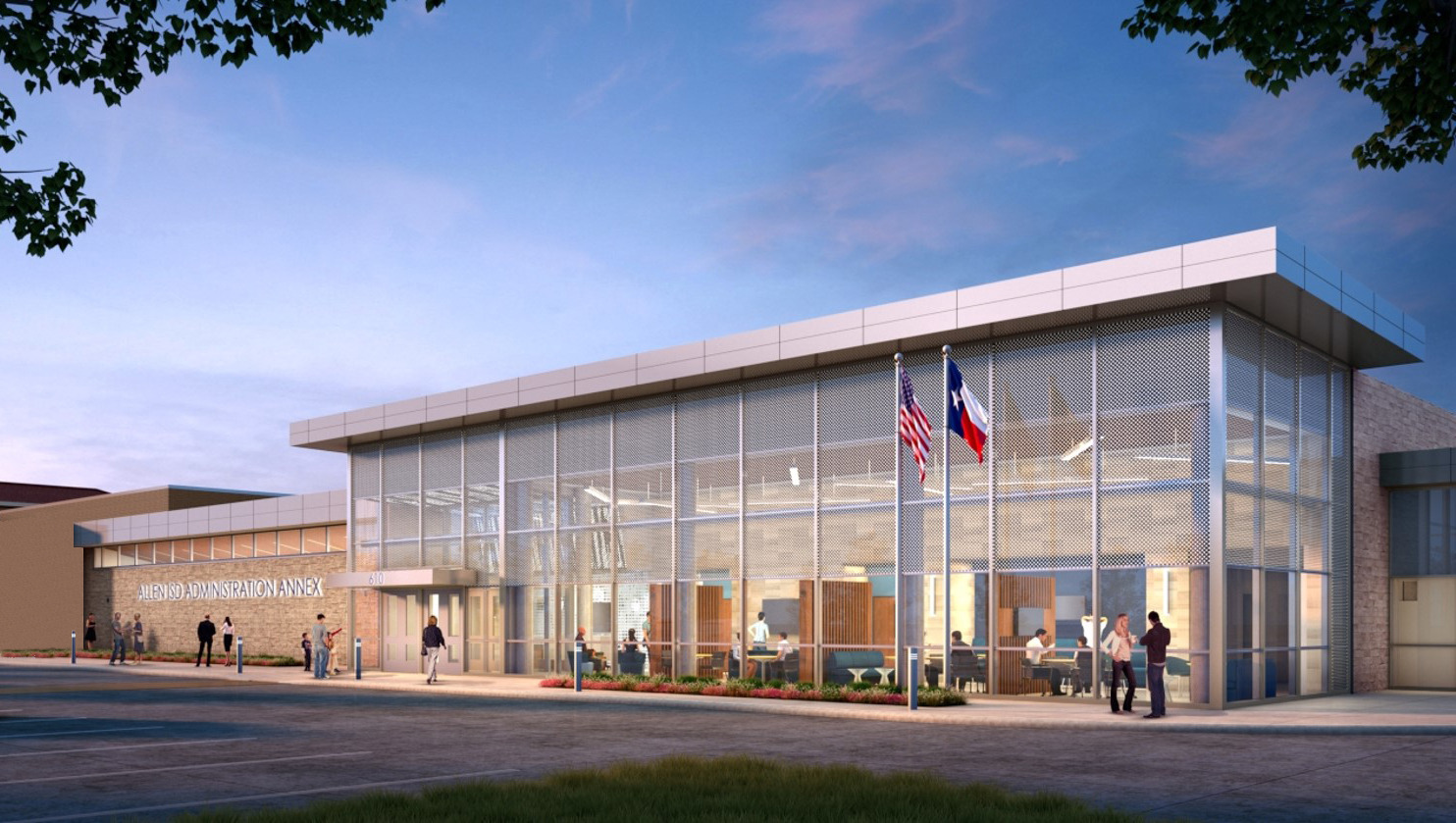
At the Allen ISD Admin Annex, the Corgan team took an existing building shell and revamped it into a modern, energy-efficient space. The existing HVAC rooftop units were removed, and a geothermal system was installed using the constant temperature of the earth to warm or cool the building as needed. To improve the envelope's performance, spray foam insulation was added to the interior face of the existing CMU walls. The lighting was replaced with an all-LED system and a lighting controls system to maximize efficiency. These strategies, along with others, helped give the building a new, more energy-efficient life.
RELOCATING OR CONSIDERING A NEW SPACE
Suppose you are relocating or expanding and need to consider a new space or building. In that case, there are many cost-effective strategies to consider early in design to minimize the energy use in your new space. Working with your design team, first consider what habit adjustments can be made to minimize energy use, next look at passive energy reduction strategies like building orientation, daylighting, and natural ventilation. From there, you can consider the latest developments in equipment and technology to minimize your total energy use. If net-zero energy is your goal, you can also consider what types of onsite renewable energy would be best for your project. For example, new technologies in photovoltaics and wind turbines make these systems more efficient, cost-effective, and reachable for the average project.
In a suburb of the Houston greater metroplex, the Corgan team is working on a new net-zero energy middle school for Fort Bend ISD. A combination of strategies, including a geothermal HVAC system and a high-performance building envelope, are used to minimize the total energy consumption of the building. In addition, a photovoltaic system harnessing solar will be installed to offset the remaining energy load required for operation.
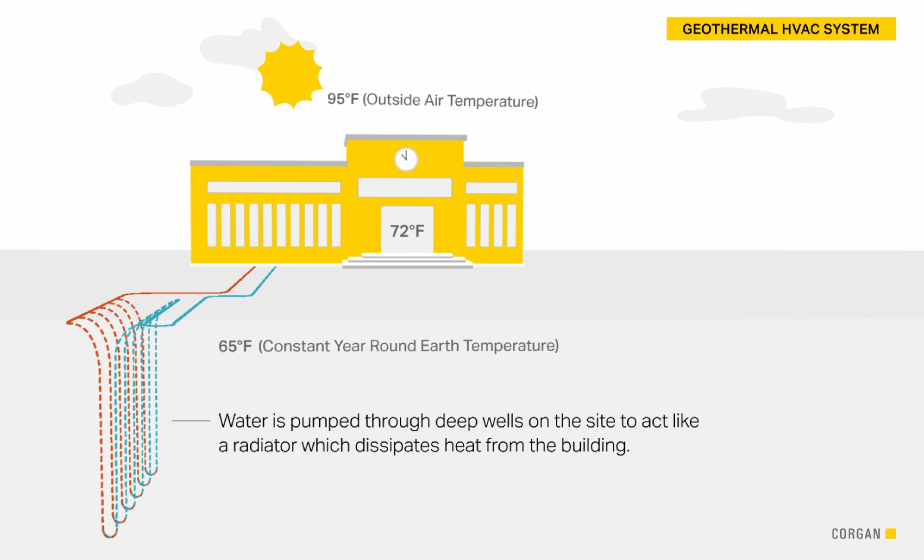
ELECTRIFICATION
If you are retrofitting your existing space or creating a new space, you should consider switching to all-electric equipment. Natural gas is a finite energy source that will continue to contribute to the carbon problem until it is no longer available. Electrification regulations are being considered across the country and over 50 jurisdictions have already enacted some level of restriction on natural gas hookups. In addition, manufacturers worldwide are actively developing gas-free alternatives to traditionally gas-powered equipment, making the switch to all-electric equipment more accessible every day.
Finding Your Balance
It has been easy to settle in and take advantage of living in our climate-controlled buildings, with clean running hot and cold water on demand, where we can get just about anything we need delivered to our doorstep. But imagine if we took the best of human habits from our ancestors and combined it with the best of today's technology, and even more technology still to come, what the outcome could be. If we can maximize technology by adapting human habits to make the most out of the resources available, we end up with a win-win solution to the carbon problem.
Whether you are on team habits or team technology, the carbon crisis will not solve itself, and it isn't going to be fixed overnight. Humans have proven themselves to be innovative problem solvers, and while some of that innovation has gotten us into the predicament we are in now, it can also help us solve the problem. Let's make an effort to be part of the solution. Make a plan, implement that plan, allowing for the balance of habit changes and new technologies that feel best for your organization. Chances are, the balance that is right for you might not be suitable for your neighbor, but if we are all working towards carbon reduction, at least we are moving in the right direction.
TheSquare Ep #41 · Curiosity Report 2022
In Corgan's 2022 Curiosity Report, Corgan worked with experts across multiple industries to explore breakthrough energy innovations that power our world. More than just what keeps the lights on, we explore what new ways to keep businesses, people, and our ecosystems running so that we can advocate for a better tomorrow. From the embodied energy in the materials we use and onsite energy generation to the food we eat and the mental health of our workforce— listen in as leaders from Hugo, Corgan's R&D team, take you inside the future of energy.
